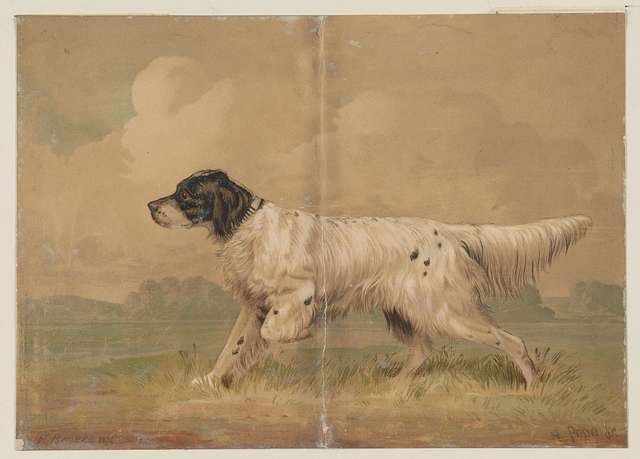
The History of Pet ID Tags: How They’ve Evolved Over Time
Pet identification tags have been around for centuries, serving as a way to identify and locate lost or stray pets. But how have these tags evolved over time? In this post, we’ll take a look at the history of pet ID tags, from their early origins to the modern-day technologies we have today.
Pet ID Tags in Ancient Egypt
The ancient Egyptians valued their pets, particularly dogs, highly and they were often buried alongside their owners in their tombs. Their dogs were adorned with collar tags made of clay or metal. These tags were often inscribed with the name of the pet and its owner, and served as a form of identification. The ancient Egyptians believed that pets would accompany their owners in the afterlife and these tags were used to ensure that the correct pet was buried with the correct owner.
These ancient collar tags were not only used for identification, but also served as a symbol of status and wealth. Pet collar tags were often made of precious materials such as gold and silver, and were adorned with intricate designs and inscriptions. They were also used to indicate the breed and occupation of the dog. For example, hunting dogs would have different tags than guard dogs.
Pet ID Tags in the Middle Ages
In the Middle Ages, pet ID tags took on a more practical purpose. Dogs were used as hunting companions and were often outfitted with collar tags that included their hunting license number. This allowed hunters to easily identify their dogs and avoid any confusion with other hunting parties.
Contemporary Pet ID Tags
During the 1800s and 1900s, pet ID tags continued to evolve. Collar tags were made of brass or steel and could be inscribed with the pet’s name and the owner’s address and phone number. These tags were also used to identify military working dogs and service animals.
The development of microchipping technology in the 1980s marked a significant evolution in pet identification. Microchips are small, rice-sized chips that are inserted under the pet’s skin. Each chip contains a unique identification number that can be read by a scanner, allowing for easy identification of the pet and its owner.
In conclusion, pet ID tags have come a long way since their early origins in ancient Egypt. From simple collar tags to modern-day microchips and GPS tracking devices, pet identification technology has evolved to become more efficient and effective in ensuring the safety and well-being of our furry companions. With the help of these tags, we can ensure that our pets are easily identifiable and can be quickly reunited with us in case they ever get lost.
Explore our Collection
Explore our collection of pet ID tags and join the tradition of ensuring your pet’s proper identification.



This Post Has 0 Comments